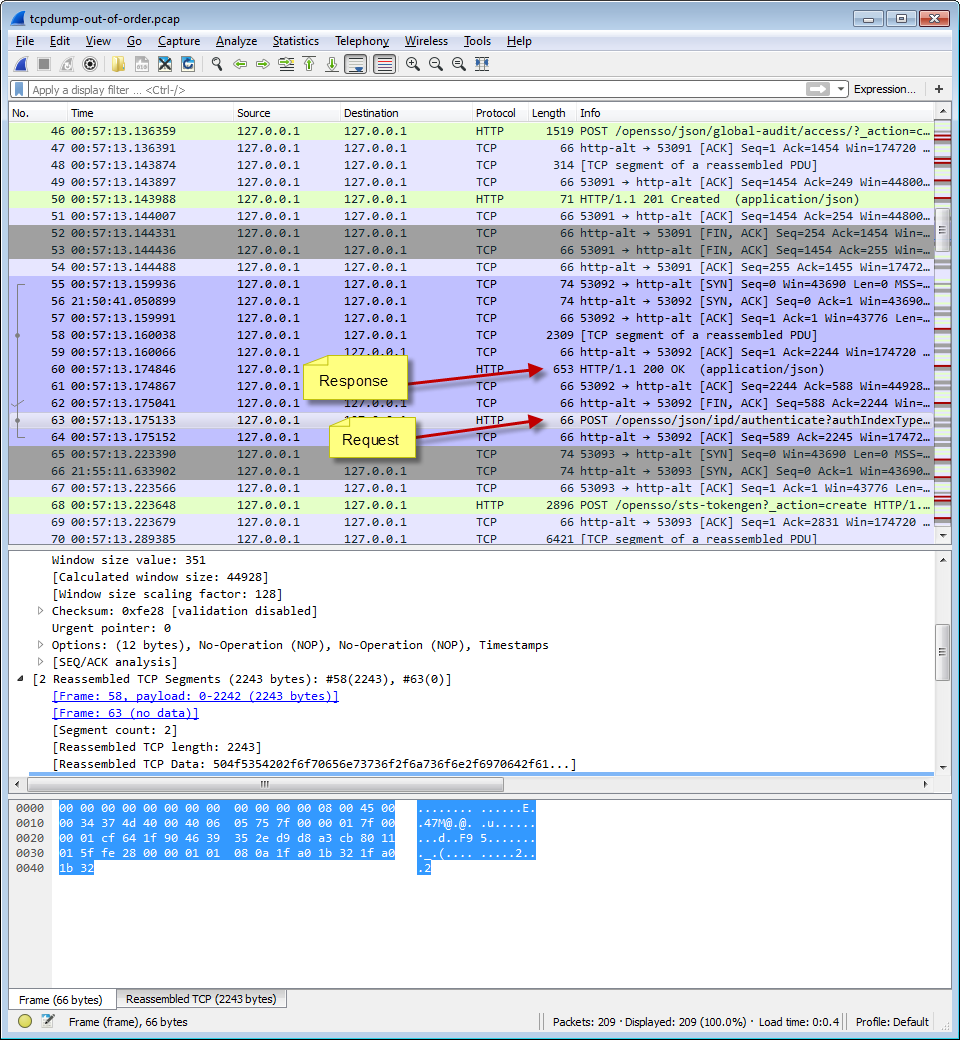

As you can see supports HTTP/2, HTTP/1.1 and SPDY/3.1. The is-http tool is also useful because it gives you a list of the protocols advertised by the server. $ is-http2 × HTTP/2 not supported by Supported protocols: http/1.1 Once installed you can check the HTTP/2 status of a web on the command-line: $ is-http2 ✓ HTTP/2 supported by Supported protocols: h2 spdy/3.1 http/1.1 There's a handy command-line tool called is-http which is installed using npm as follows: npm install -g is-http2-cli For example here's the information that Claire shows for a site using CloudFlare that uses IPv6, Railgun, and HTTP/2. There's also a handy online tool to check any individual web site.ĬloudFlare also has a Google Chrome extension called Claire that gives information about how a web page was loaded. Here the web page was served using HTTP/1.1. In this case SPDY/3.1:Ī grey lightning bolt indicates that neither HTTP/2 no SPDY were used. The blue lightning bolt shown here indicates that the CloudFlare home page was served using HTTP/2:Ī green lightning bolt indicates the site was served using SPDY and gives the SPDY version number. Browser Indicatorsįor Google Chrome there's a handy HTTP/2 and SPDY Indicator extension that adds a colored lightning bolt to the browser bar showing the protocol being used when a web page is viewed. If you know of something that I've missed please write a comment. This blog post starts with a useful browser add-on, and then delves into command-line tools, load testing, conformance verification, development libraries and packet decoding for HTTP/2. To get the most out of HTTP/2 you'll want to be using an up to date web browser (all the major browsers support HTTP/2).īut there are some non-browser tools that come in handy when working with HTTP/2. With CloudFlare's release of HTTP/2 for all our customers the web suddenly has a lot of HTTP/2 connections.


 0 kommentar(er)
0 kommentar(er)
